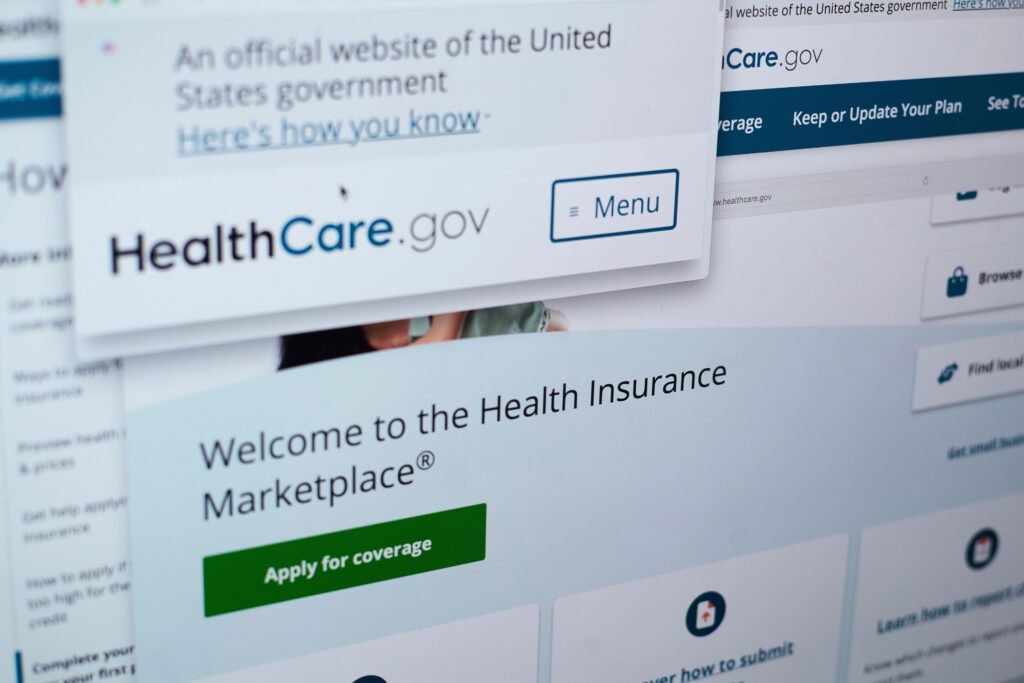The rising costs of health insurance are causing concern for families across the country as they prepare for open enrollment under the Affordable Care Act. In Virginia Beach, Virginia, one family is facing a drastic increase in their deductible, jumping from $800 to $20,000 next year. Meanwhile, in Maryland, another household is anticipating a $500 monthly increase to insure their family in 2026. And in Idaho, thousands of people are seeing insurance rates rise by an average of $100 per month.
The root of the problem lies in the expiration of federal subsidies that were put in place in 2021 to make coverage more affordable for millions of people. With Congress deadlocked on the issue, the federal government shut down on Oct. 1, leaving the fate of these subsidies hanging in the balance. Both Democrats and Republicans are at odds, with Republicans insisting that Senate Democrats vote to reopen the government before negotiations on the ACA’s costs can proceed.
If Congress can reach a deal to extend some subsidies, it could lead to significant changes in the prices and types of plans available on the online marketplaces. This uncertainty is causing concern for state-run exchanges like Maryland’s, where executive director Michele Eberle is preparing for various scenarios, including the possibility of pausing enrollment to update plans in response to any changes made by Congress.
In Maryland, exchange customers are already facing premium hikes of about 35%, even with backup subsidies provided by the state. Notices of these increases have been sent out, with some families seeing their monthly premiums nearly double. Similar situations are unfolding in other states, like California, where letters detailing 2026 coverage costs have been sent out under the assumption that federal subsidies will expire.
The potential for a subsidy deal from Congress is causing insurers to plan for multiple scenarios, with some already raising premiums in anticipation of the subsidies expiring. If a deal is reached, insurers could lower premiums, but the process of updating plans and notifying customers could take time.
The situation is most precarious for states like Idaho, where enrollment began earlier than in other states and will end sooner. Idahoans enrolled in ACA coverage are facing average cost increases of 75%, with about 20% expected to drop out of the marketplace. The state is prepared to update its website if needed, but any changes made after mid-December may come too late for those already enrolled.
As families across the country navigate these uncertain times, it is essential to stay informed and be prepared for potential changes to health insurance coverage. The future of the ACA subsidies remains in the hands of Congress, and the impact of their decisions could have far-reaching consequences for millions of Americans.


